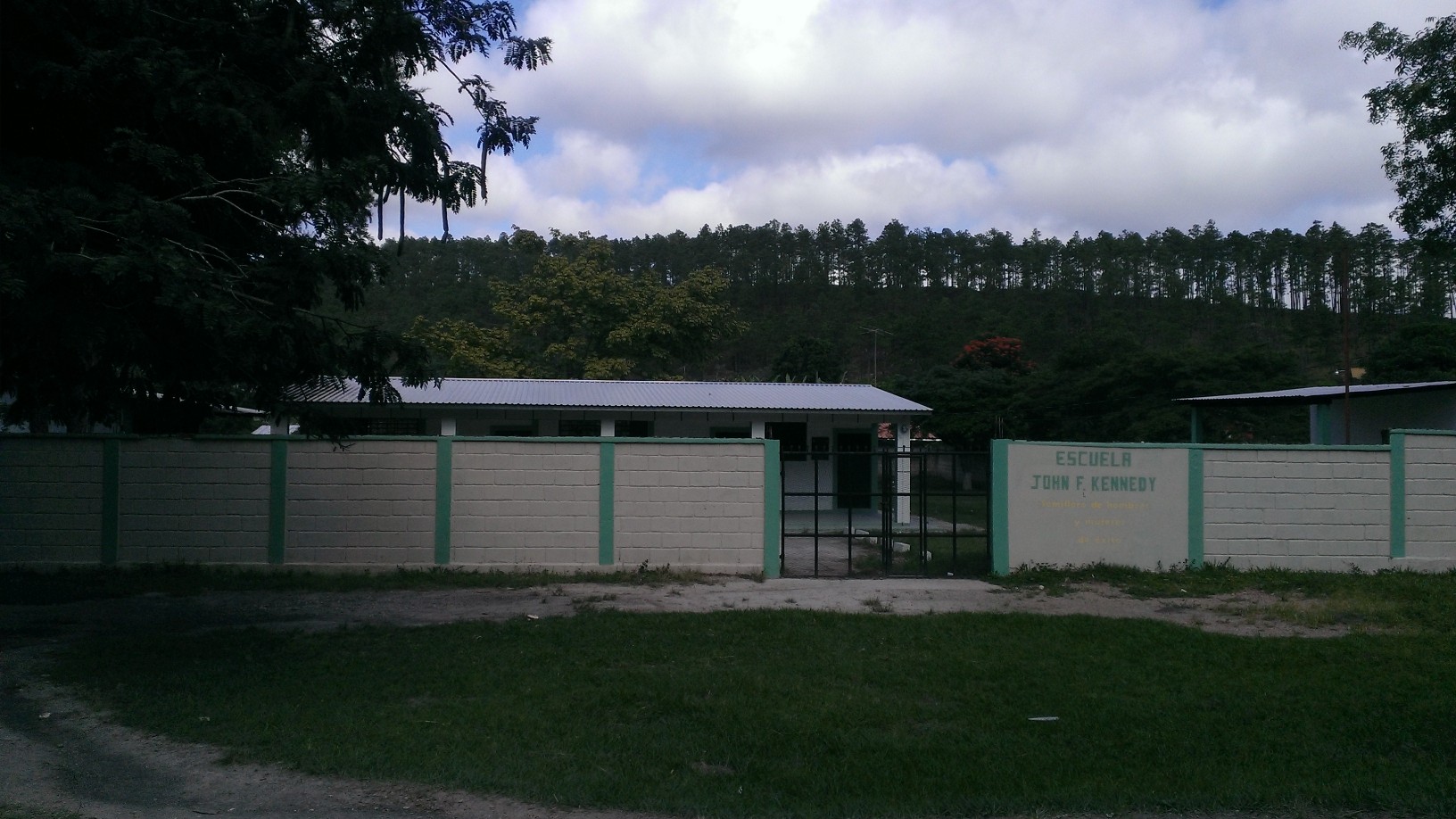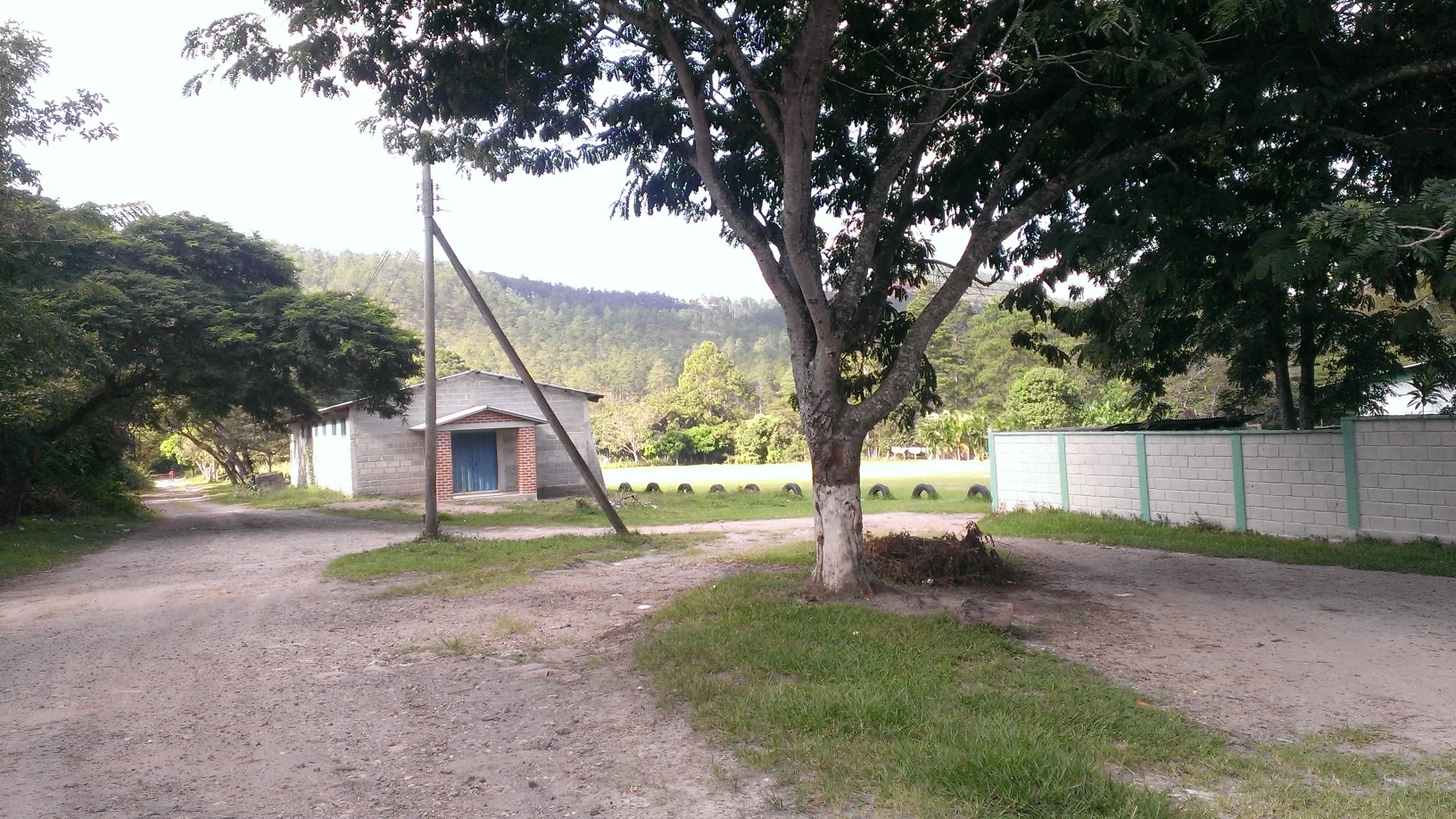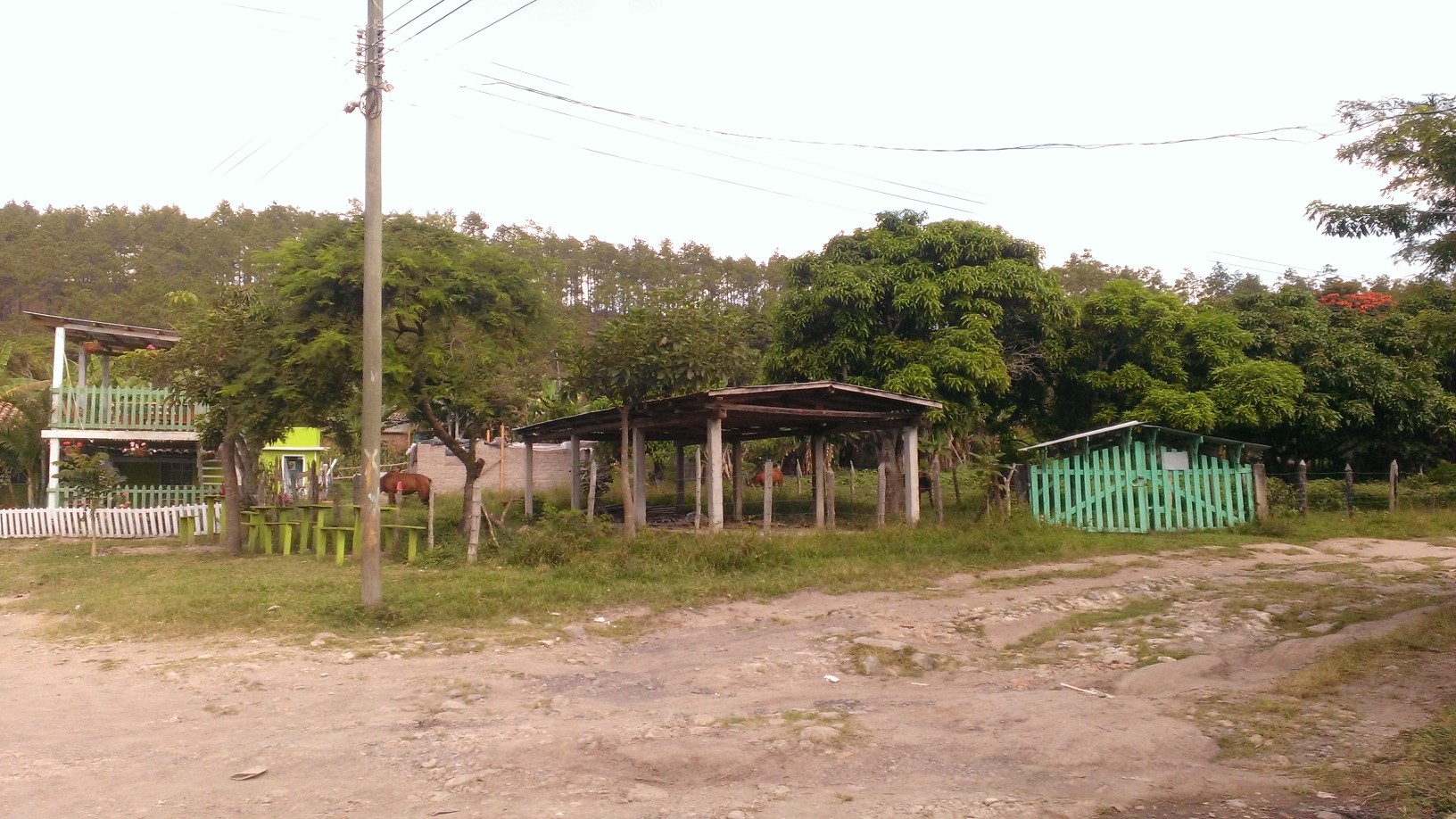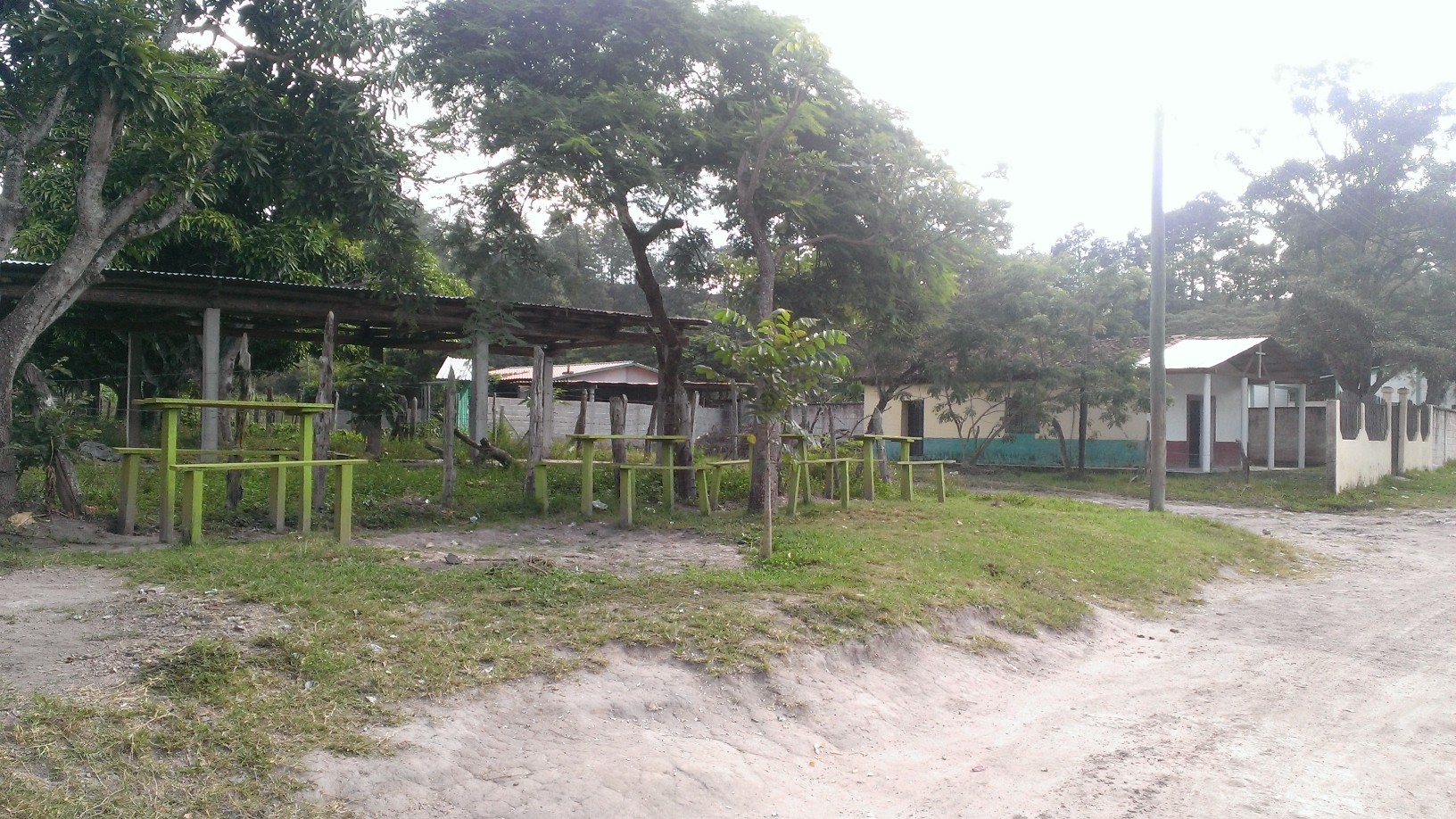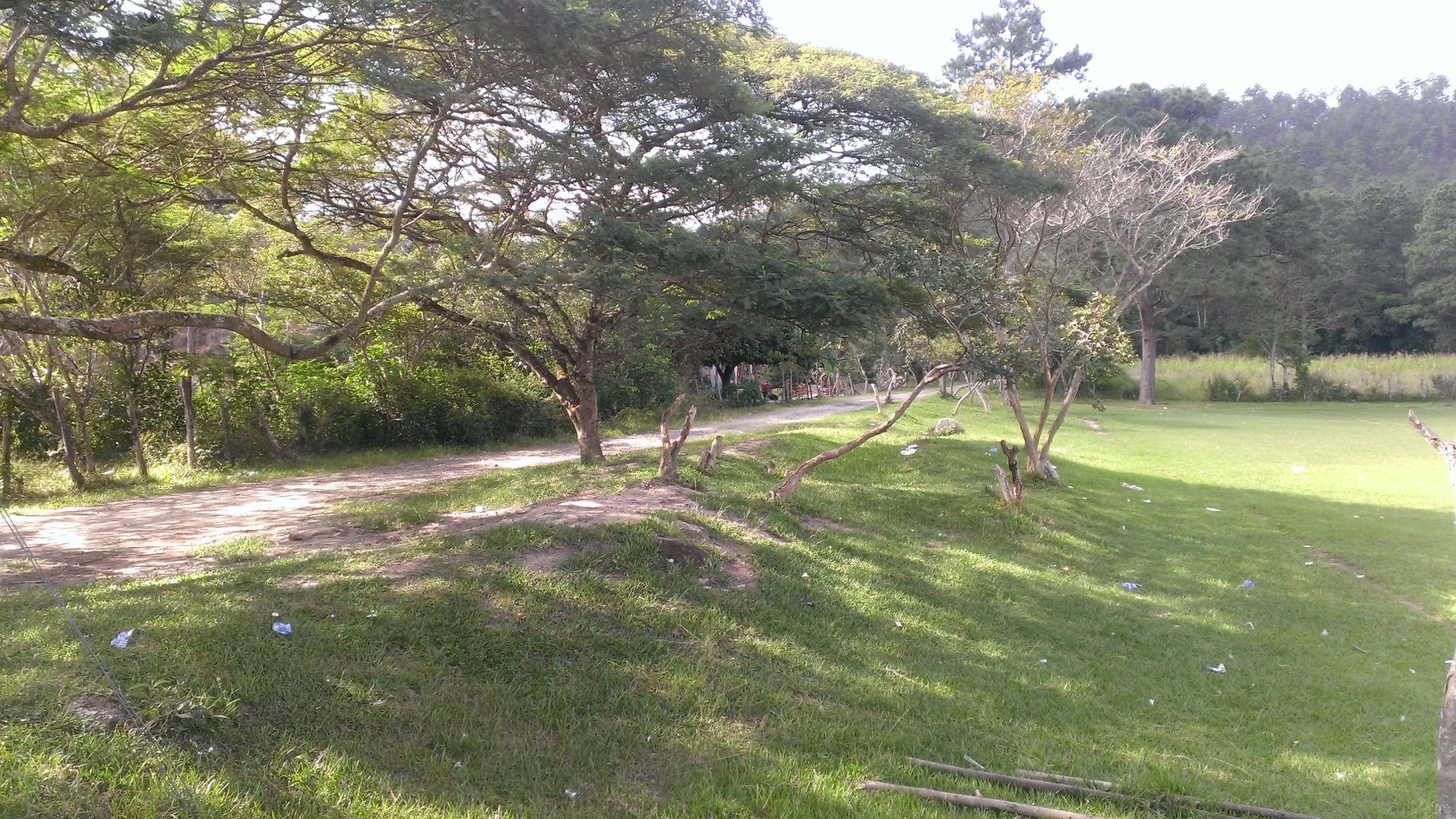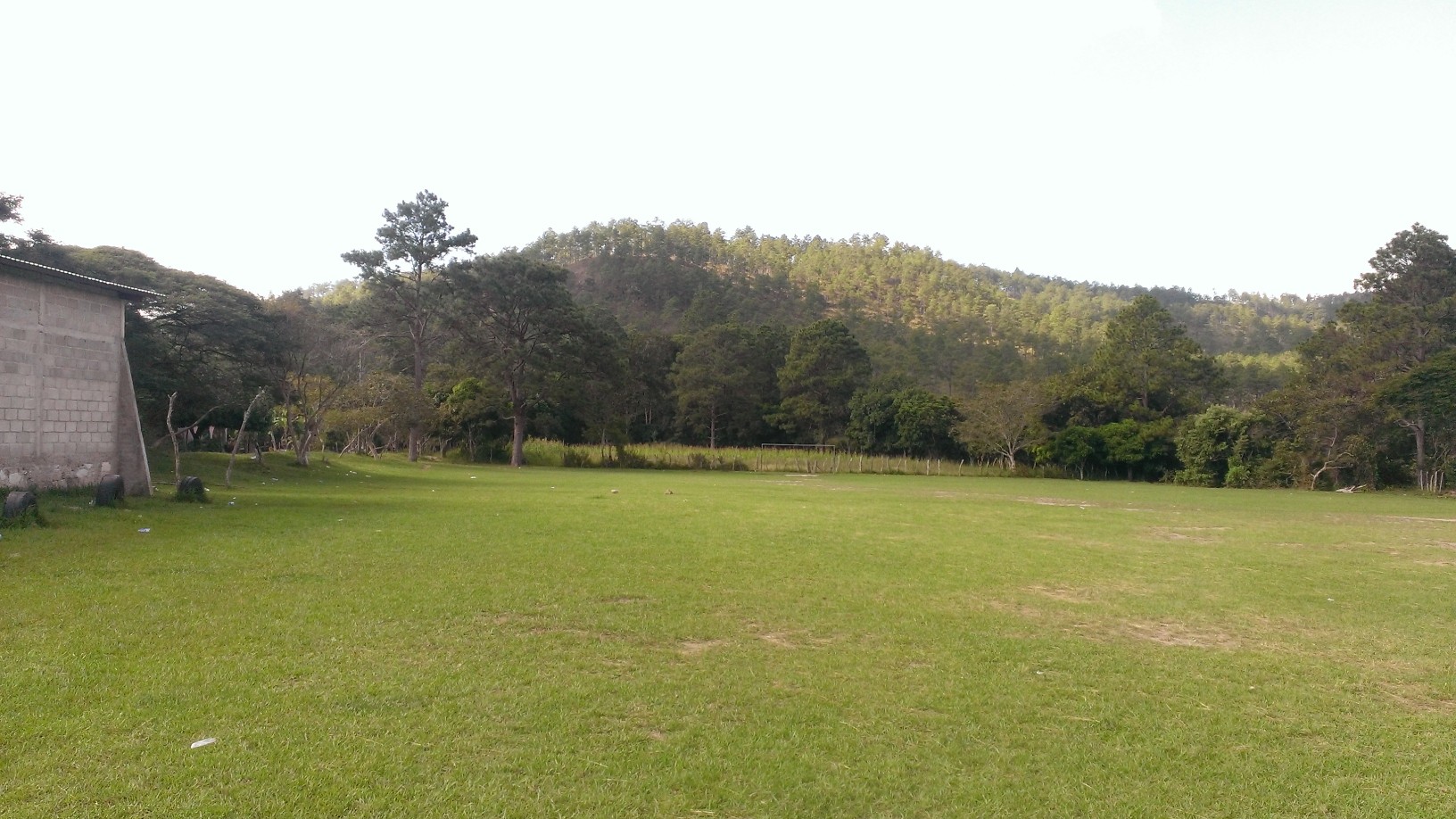El Rosario, Honduras
![]()
![]()
![]()
![]()
![]()
![]()
![]() Click on Programs to learn more about their work in this community
Click on Programs to learn more about their work in this community
General Information

| Population* | 900 |
| Number of homes | 145 |
| Avg # of people per home | 6 |
| Number of children |
0-5: approx. 100 5-12: approx. 70 |
| Primary Occupations | Agriculture and logging |
| Water System | Yes - pump and gravity based system |
| Community Bank | No |
| # of Homes with Latrines | Approx. 80% |
| Electricity | Yes |
| Corresponding Health Center & Distance | Talanga, 15km |
| Common Illnesses | Cough, flu, chikungunya, diarrhea, parasites |
| School Access and Distance |
Kindergarten and primary both located in the community |
| Municipality | Talanga |
| Department | Francisco Morazán |
| Distance from compounds | 62 km |
* Population does not reflect how many patients will be seen on medical
brigades as many people from surrounding communities come seeking
Medical Brigades medical attention.
Top Three Needs Expressed
Members of the community express a need for drinkable water, better health, and a building for the kindergarten.

The kindergarten has one teacher overseeing 13 students. The primary school has 2 teachers covering 45 students which span from first through sixth grade. The primary school is under construction (3 classrooms and one large meeting room) and so it currently has no electricity.
While the water system supplies 95% of the community with water, the recipients complain of dirty water. The water is chlorinated and reaches homes for 1-2 hours per day twice per week. There is a new well under construction, but no pump has been purchased.
Around 100 homes have concrete floors. 25% of homes do not have sanitary ways to store water. No homes have stoves that properly ventilate. The community overall has a great need for improved health infrastructure.
Corn and beans are the primary crop cultivated in El Rosario. A handful of community members work in the lumber industry cutting wood. One micro-enterprise provides employment for 9 community members working on road maintenance.
The Rotary Club, Honduran Air Force, local municipal government, and Plan de Honduras have all done work in the community.
